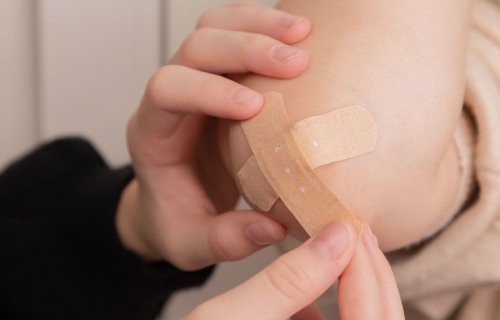SEOUL, South Korea — Algae can help flesh wounds heal more quickly, a new study reveals.
Scientists from Sungkyunkwan University found tiny particles from a freshwater substance called Euglena gracilis can help proliferation and migration in skin cells. These two processes help wounds to heal. The algae also helped the body produce more collagen, which makes up around 80 percent of our skin.
A wound-healing test also generated positive results. Researchers say it works because the substance releases beta-glucans, which can help the immune system regulate itself and helps the body regenerate. The beta-glucans also contain antioxidants which are widely used in skincare products.
The South Korean research team says extracellular vesicles, which are released from animal cells, can be directly transferred into the body for medical purposes such as helping suppress cancer cells in people with leukemia. However, they have not been used widely because they can become contaminated.
Algae and other non-animal cells are a potential alternative, but they have strong cell membranes which means it is difficult to split and recombine to make extracellular vesicles.
The researchers were particularly keen to try and derive extracellular vesicles from Euglena gracilis because it has a fairly soft cell membrane and large quantities of it can be cultivated without risking viral infection. It is also known to contain a lot of paramylon, a beta-glucan which is good for regulating the immune system, stimulating regeneration in the body, and also contains lots of antioxidants.
Beta-glucans help regenerate damaged skin and extracellular vesicles from the algae can be extracted to help deliver the beta-glucans to skin cells.
“This technique is expected to be applied to other cells, thereby enabling the design of new types of extracellular vesicles that are applicable for skin treatments and care in the pharmaceutical and cosmetic industries,” the study authors write in a media release.
The findings are published in the journal Advanced Materials Interfaces.
South West News Service writer Gwyn Wright contributed to this report.

